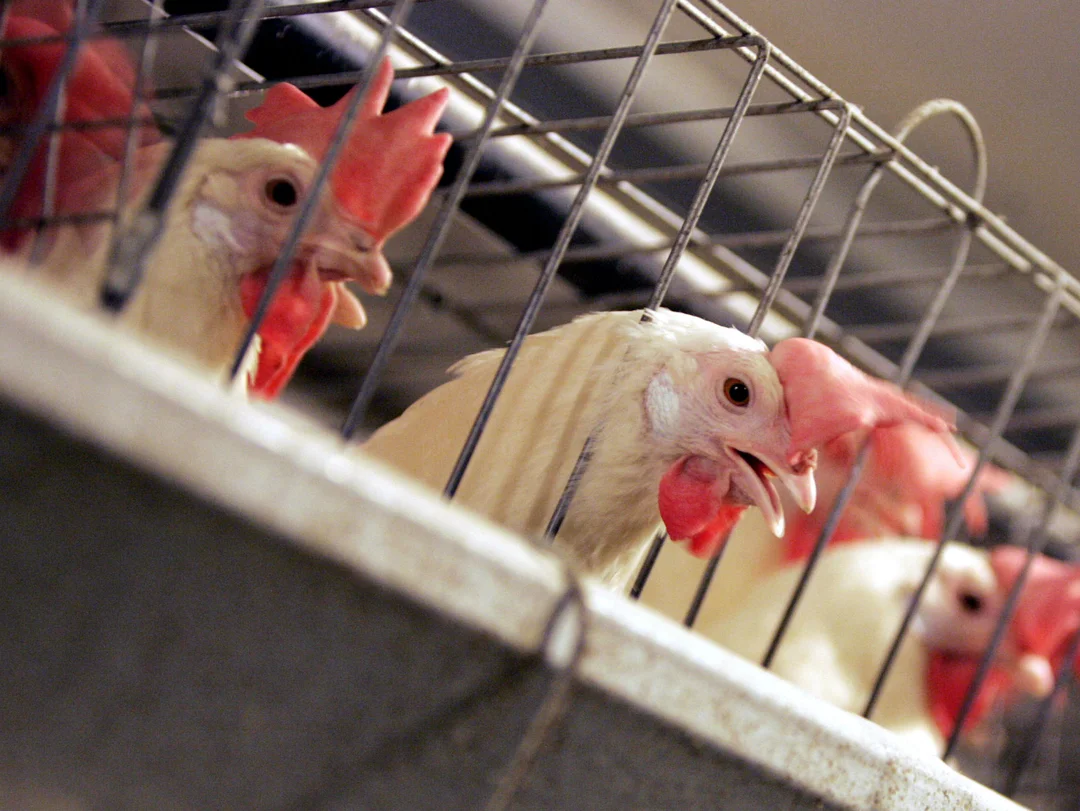
Why California Egg Prices Have Spiked but Milk Remains Stable
In recent months, California residents have noticed a significant increase in egg prices while milk prices have remained relatively stable. This disparity has raised questions about the factors influencing these price changes.
The spike in egg prices can be attributed to a combination of factors. Firstly, an outbreak of avian influenza has led to the culling of millions of chickens across the United States, significantly reducing the supply of eggs. California, being a large consumer of eggs, has felt the impact of this shortage more acutely. Additionally, increased production costs due to higher feed prices and labor costs have contributed to the rise in egg prices.
On the other hand, milk prices have remained stable due to different market dynamics. Dairy production in California has not been as severely affected by disease outbreaks, allowing for a more consistent supply. Moreover, the dairy industry has implemented efficient production methods and has benefited from government subsidies, which have helped keep milk prices steady.
Economists and agricultural experts suggest that these trends may continue in the short term. Consumers can expect egg prices to remain high until the poultry industry recovers from the avian flu outbreak and stabilizes production. Meanwhile, milk prices are likely to remain stable unless there are significant changes in production costs or government policies.
This situation highlights the vulnerability of food supply chains to external shocks and the importance of understanding the factors that influence price changes in different sectors of the agricultural market.